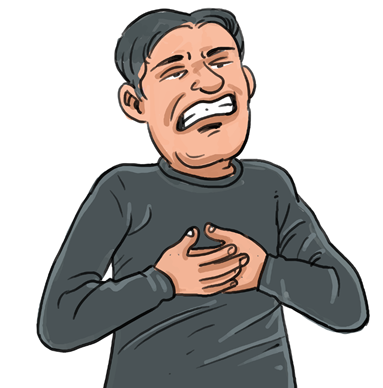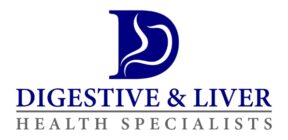Eosinophilic esophagitis is an allergic condition that is quite common, especially in Caucasian males. It is also called EoE or EE and can occur at any age. To understand this term, it is best to break down the definition of each word: Eosinophilic & Esophagitis.
To understand eosinophils, we need to look at our blood cells. Our blood is composed of various types of cells, among which one type is called white blood cells. Eosinophils are a specific type of white blood cell and are mainly involved in the allergic reactions of our body. Eosinophil count is high among people having infections, allergies, and asthma.
Now let's look at the second term: esophagitis. The esophagus is a connecting tube present between our mouth and stomach. Food passes through the esophagus. If any of our body organs are inflamed, we add the suffix "itis" with it. So, when inflammation occurs in the esophagus, we call it esophagitis [1].
After joining these two terms, we can say that the esophagus's inflammation due to eosinophils is known as eosinophilic esophagitis.
Symptoms
Common symptoms of EoE include the following:
- Chest pain
- Backflow of undigested food
- Vomiting
- Difficulty eating
- Difficulty swallowing (dysphagia)
Impaction (Food stuck in the esophagus after eating)

(5)
Causes
The exact cause of Eosinophilic Esophagitis is still not known. It’s possibly due to an allergic reaction. Some people hypothesize that Eosinophils are the remains of a severe reaction or occur because of environmental factors like pollen.
Others say this allergic reaction can be due to particular food like pesticides or food additives. EoE commonly causes food to either get stuck in the esophagus or at least causes the feeling of getting stuck after swallowing.
Diagnosis
Eosinophilic esophagitis is diagnosed with endoscopy to visualize and take biopsies of the esophagus. During endoscopy, a flexible, small tube is guided from the mouth to esophagus. At this time, features of the esophagus are examined and biopsies are obtained to confirm that the person has eosinophilic esophagitis. These features include the presence of thin, concentric rings and furrows, along with long, narrow linear channels down the esophagus.
After the biopsy, the esophageal tissue of a person with eosinophilic esophagitis is examined under a microscope. EoE is confirmed when results demonstrate a high number of eosinophils in esophageal tissue.
Treatment
There are many approaches to treating eosinophilic esophagitis. The first-line approach is acid suppression with PPI medications. Additionally, a person with a food allergy should avoid particularly triggering foods to relieve the associated symptoms. Foods like corn, wheat, milk, soy, and egg often cause eosinophilic esophagitis. These foods are eliminated for a certain period and then slowly reintroduced to check their correlation with symptomatic flares [3].
Under certain conditions, dilation of the esophagus may also be performed.
When a patient doesn't respond to acid suppression and dietary changes, steroids can be used for controlling inflammation. Steroid medications are typically puffed into the mouth and swallowed so that the steroid essentially coats the inflamed esophagus. Dupixent is a newer FDA approved medication which is injected once weekly, and a first-line treatment for eosinophilic esophagitis. In severe cases, an allergist evaluation may also be required.
Summary
The primary symptom of eosinophilic esophagitis is difficulty swallowing food. This is controlled by acid suppression and by identifying trigger foods. Endoscopy is used to diagnose this condition and can also be used to check the effectiveness of treatment by assessing for a decrease in eosinophils from esophageal tissue samples. Additionally, steroids in the form of swallowed budesonide or Fluticasone can also be effective for some patients [4].
References
- Furuta, G. and Katzka, D., 2015. Eosinophilic Esophagitis. New England Journal of Medicine, 373(17), pp.1640-1648.
- Gonsalves, N. and Aceves, S., 2020. Diagnosis and treatment of eosinophilic esophagitis. Journal of Allergy and Clinical Immunology, 145(1), pp.1-7.
- Lehman, H. and Lam, W., 2021. Eosinophilic Esophagitis. Immunology and Allergy Clinics of North America, 41(4), pp.587-598.
- Inage, E., Furuta, G., Menard-Katcher, C. and Masterson, J., 2018. Eosinophilic esophagitis: pathophysiology and its clinical implications. American Journal of Physiology-Gastrointestinal and Liver Physiology, 315(5), pp.G879-G886.
- “Heart Pain Illness - Free vector graphic on Pixabay.” https://pixabay.com/vectors/heart-pain-illness-health-disease-7036015/ (accessed Mar. 26, 2022).

